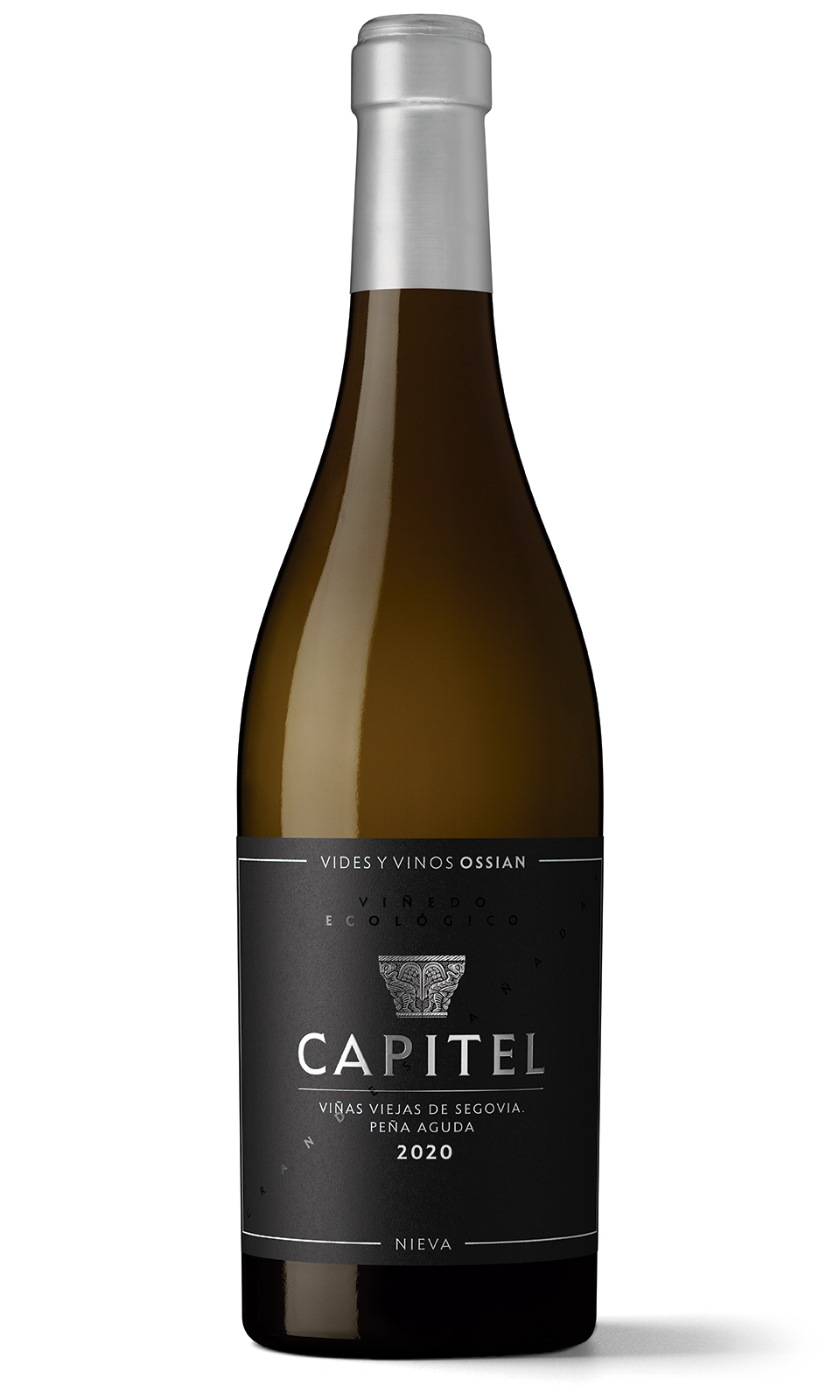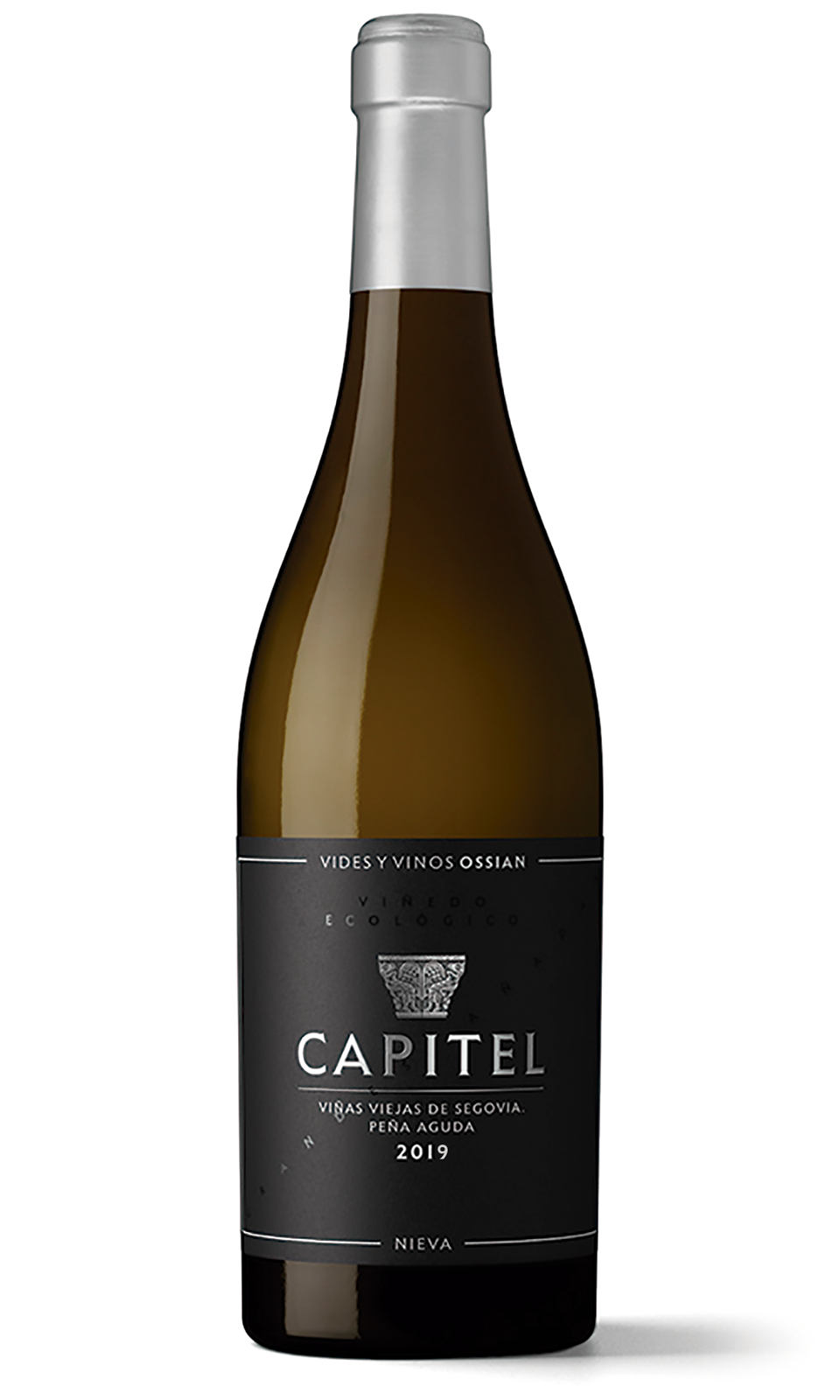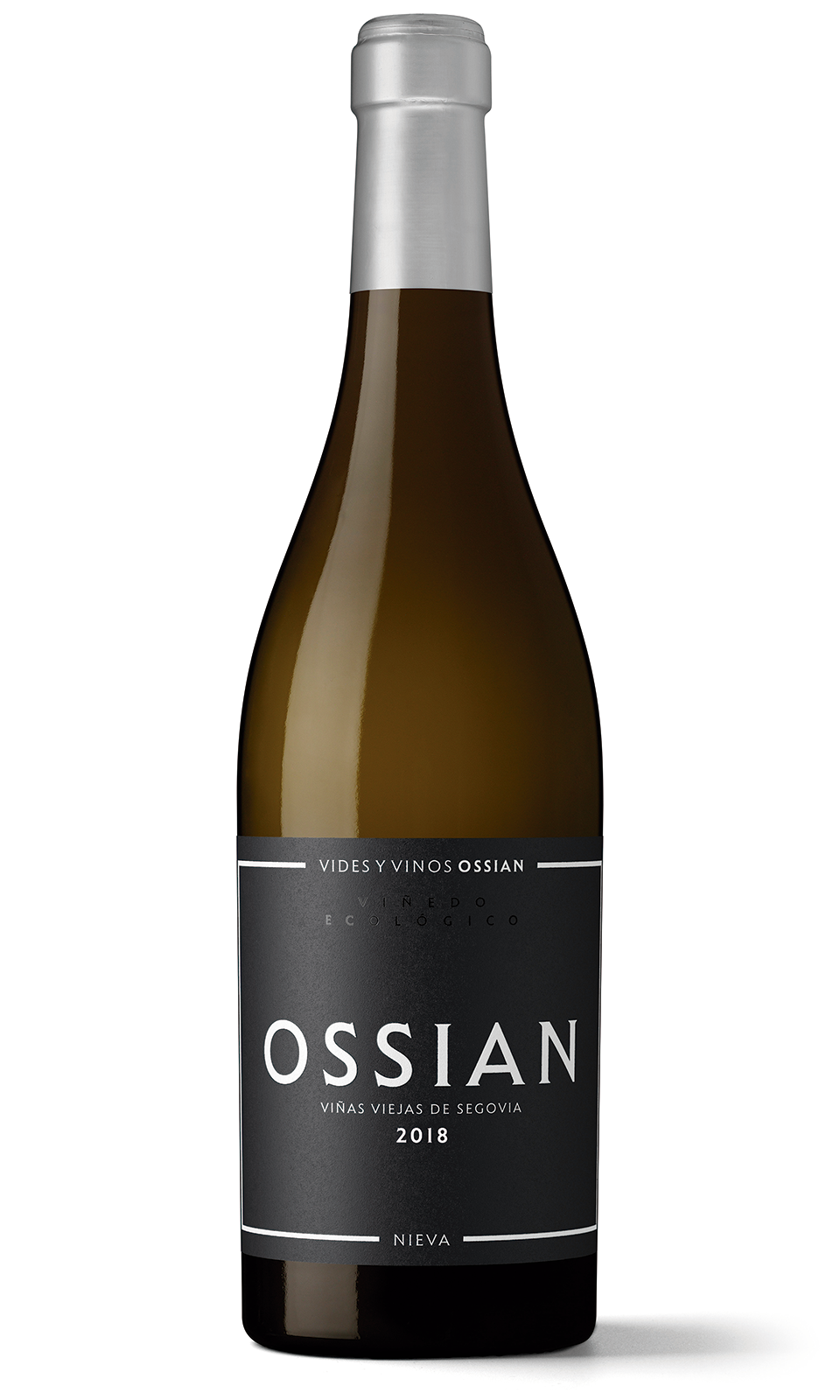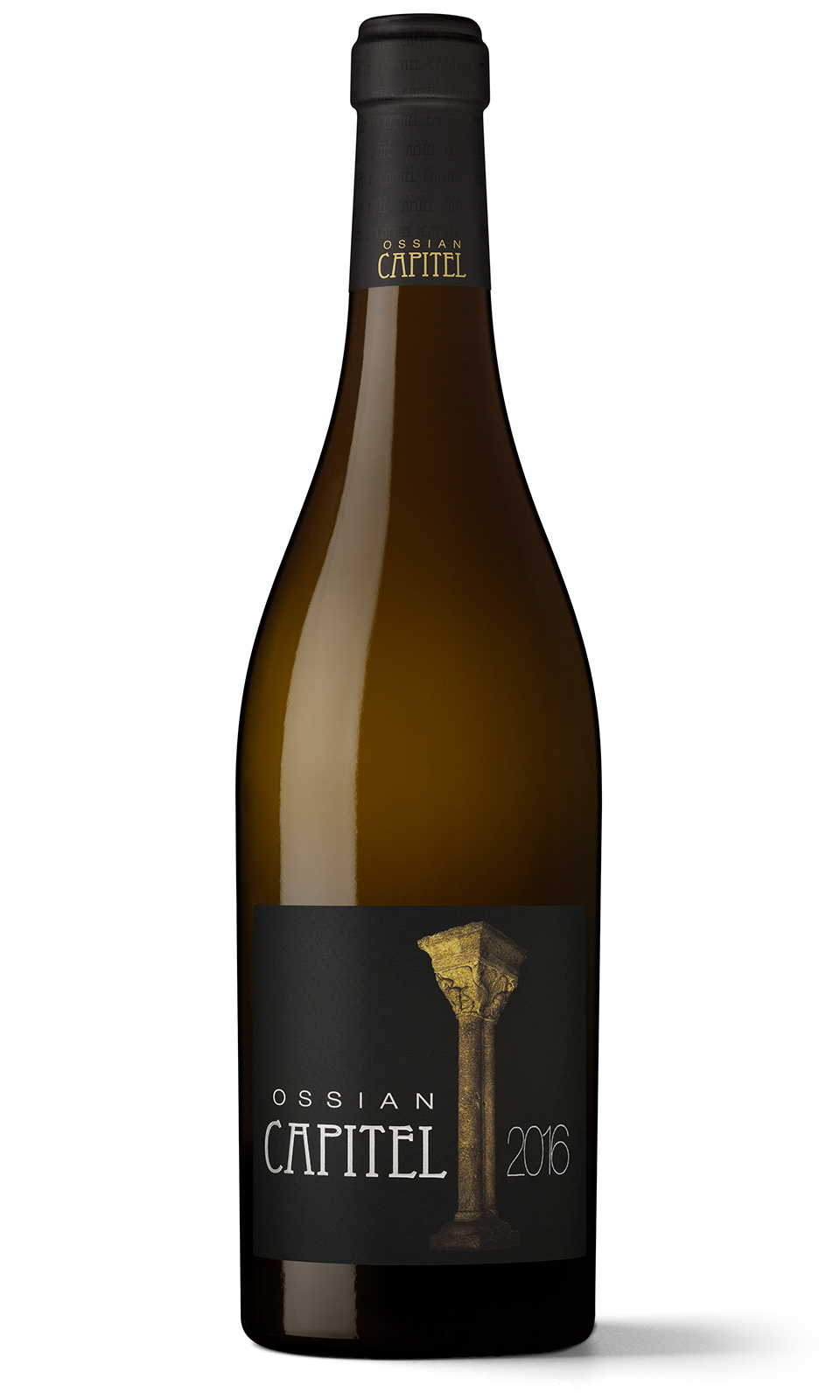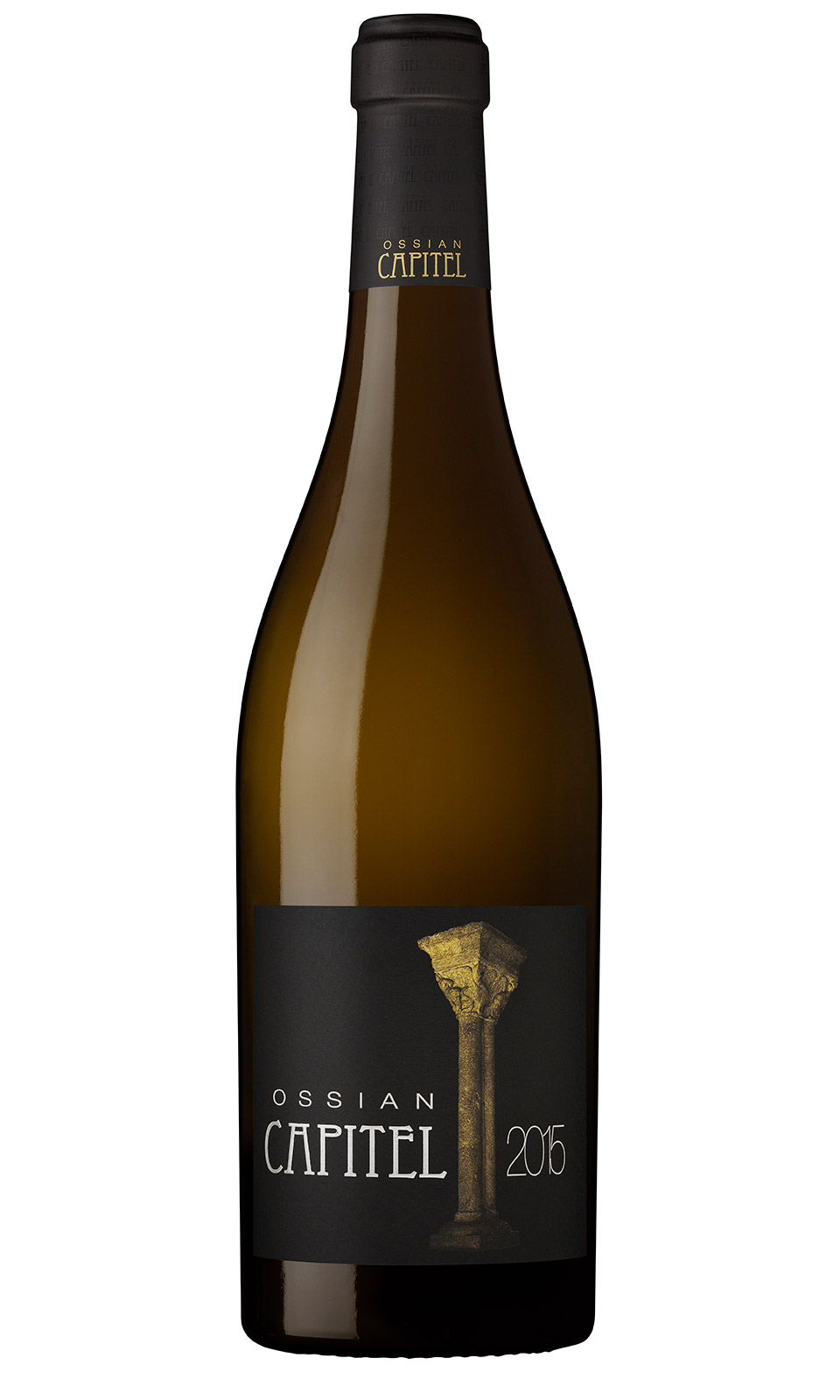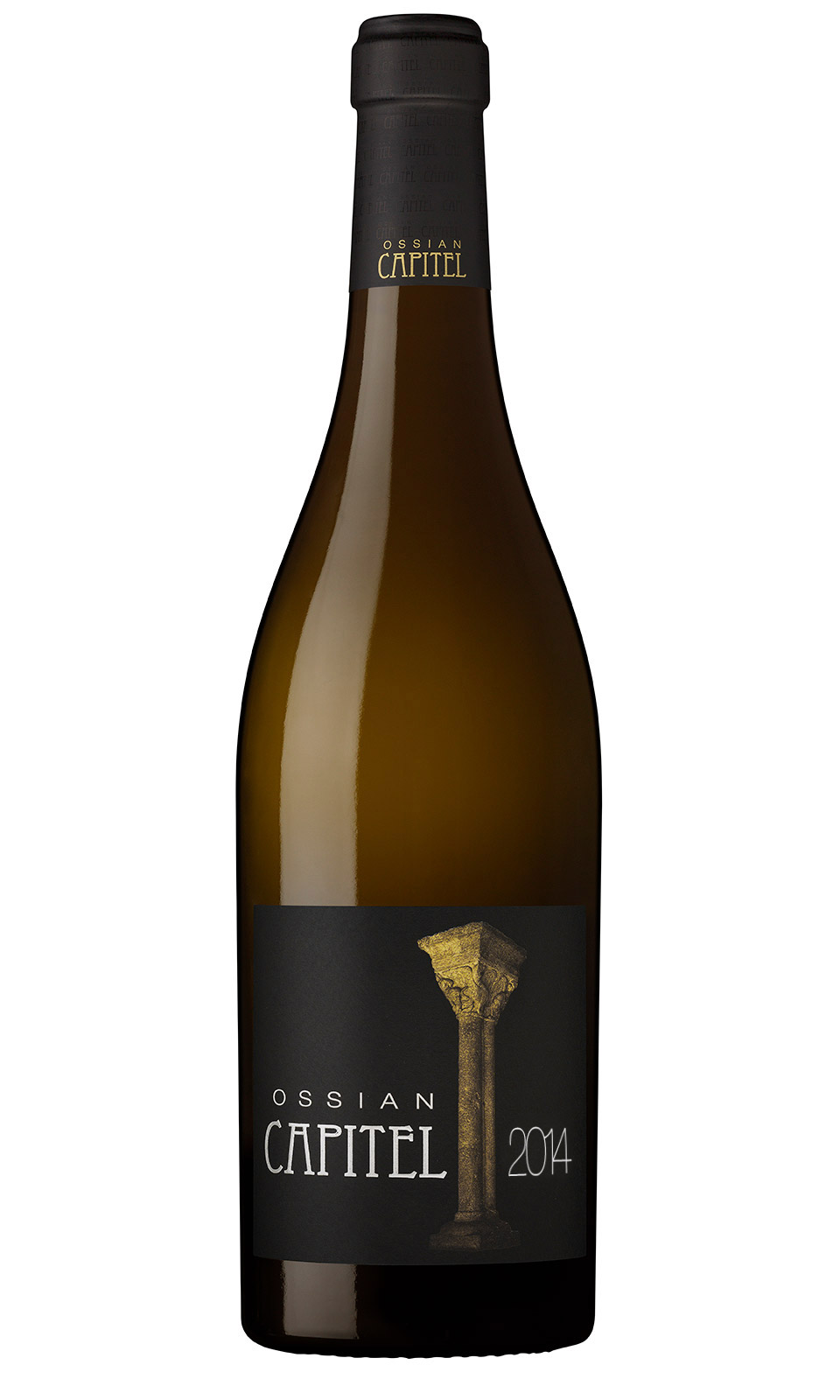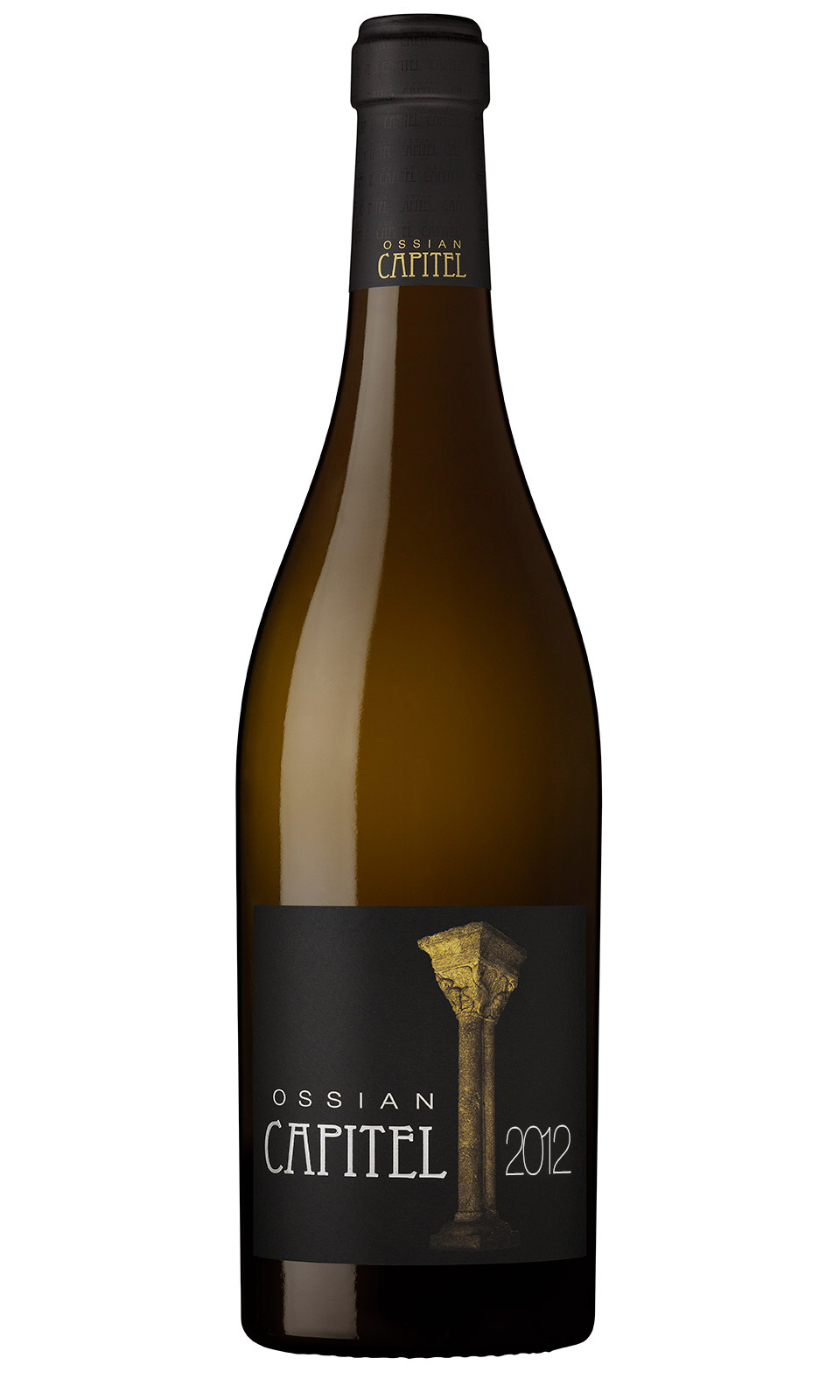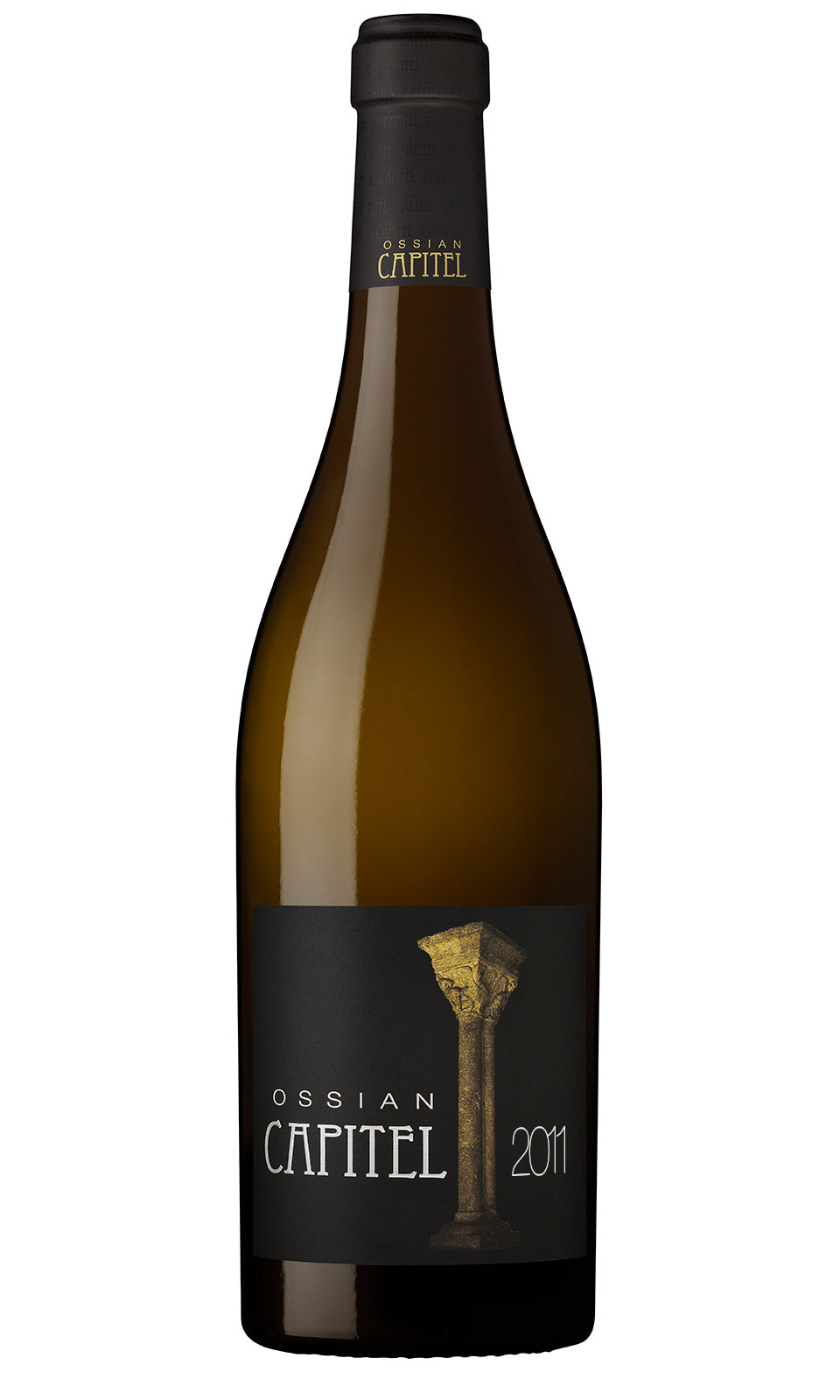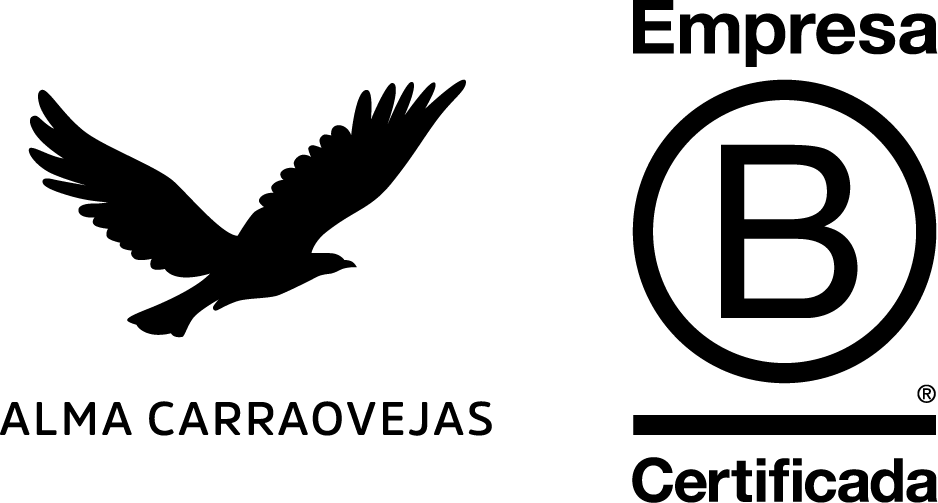Capitel 2013
Capitel 2013 is made from the oldest and most singular Verdejo vines located in the small plot of Peña Aguda, in Nieva. The roots penetrate between the slate sheets and extract extraordinary mineral strength from them. This pre-Floxera vineyard brings complexity, concentration and depth. It is a wine that is full of nuances, which is provided by the background of 200 year old vines. The expression of Segovian Verdejo at its best. A wine made to transcend in time. Extraordinary concentration. Living history of the Segovian verdejo 2013.
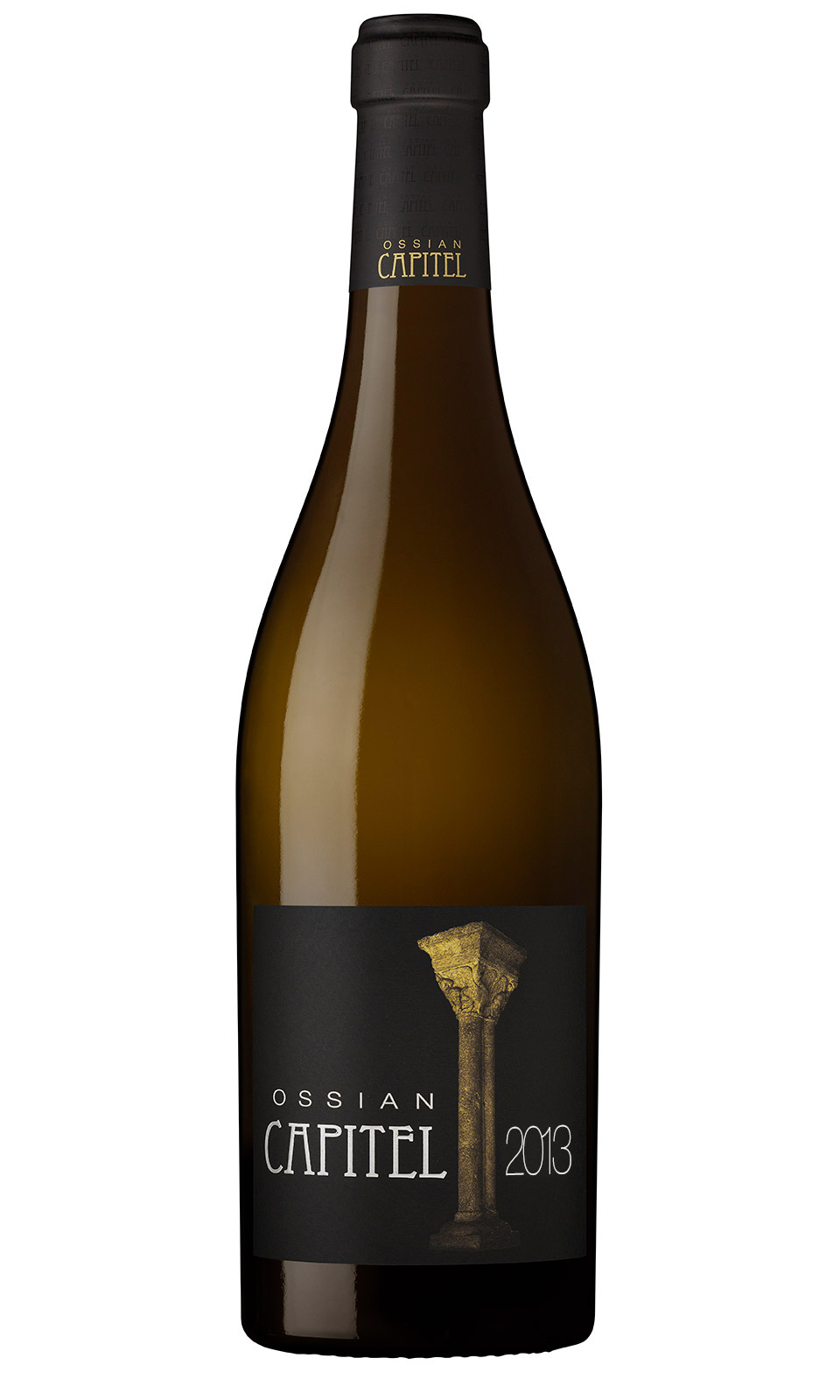
Capitel 2013
A singular plot

